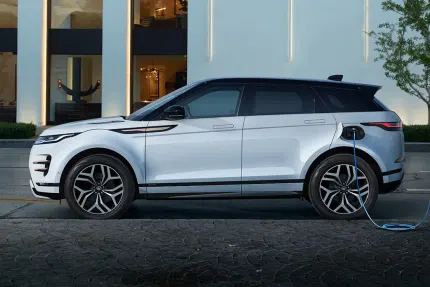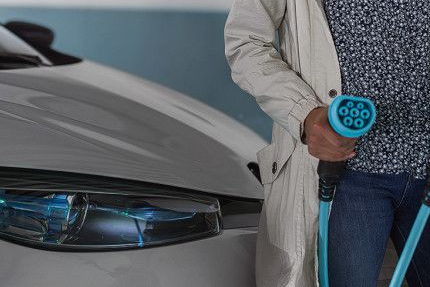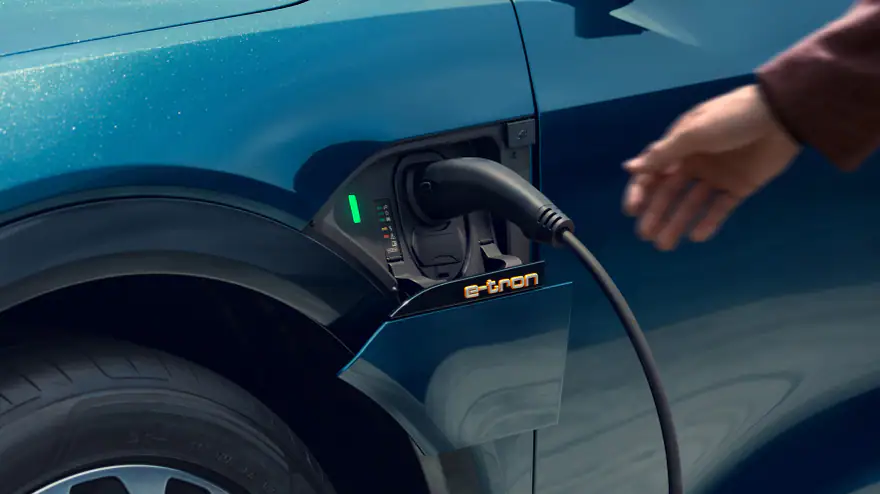How to charge your hybrid or electric vehicle:
- Battery Electric Vehicles - Need charge by plugging into an electricity source, e.g. a home plug, wall charger or public charging point.
- Fuel Cell Electric Vehicles - Are fuelled by hydrogen so don’t require ‘charging’.
- Full Hybrid Electric Vehicles - Classed as ‘self-charging’ these will charge themselves via their combustion engines and regenerative braking.
- Mild Hybrid Electric Vehicles - Are charged in the same way as an FHEV, the main difference is that the battery is smaller and can’t run independently of the combustion engine.
- Plug-in Hybrid Electric Vehicles - Can be recharged by plugging into an electricity source or internally via its combustion engine.
EV’s you don’t need to plug in:
Full hybrid electric vehicles (FHEVs) and mild hybrid electric vehicles (MHEVs) both charge their electric batteries via their internal combustion engines, whilst the fuel cell electric vehicles (FCEVs) use hydrogen fuel.
Where to charge your electric vehicle
If you do opt for an electric vehicle or a plug-in hybrid that you want to run on pure electric power, then the next thing to think about is where you’re going to charge it. Options for where to charge your electric vehicle include:
Charging at home
Can be the most convenient option, you can choose whether to have a wallbox installed, which offers faster charging, or use a three-pin plug.
Charging in public
Perfect for when you're out and about, public chargers such as those on shop car parks allow you to charge whilst enjoying your day.
Charging at work
If your workplace offers charging stations at work you can charge up while in the office ready for your journey home.
How long will it take to charge?
We have used data from the manufacturer to estimate these charging times. Charging times for some speeds may not have been provided.
EV Charging FAQ's




What is AC and DC Charging?
As electric vehicles become more popular, understanding the different types of charging options becomes increasingly important. AC and DC charging are two of the most common types of charging for electric vehicles.
AC charging, or alternating current charging, is the most widely available charging option and can be found in most homes and some public charging stations.
DC charging, or direct current charging, is the faster option and can typically charge a vehicle up to 80% in under an hour. However, it requires specialized equipment and is typically only found at fast-charging stations.
It's important to understand the pros and cons of each type of charging and know where to find each type of charging station to ensure you can charge your electric vehicle when needed.
Can't find the answer to your question?
Our expert teams are on hand to help with any additional questions you may have!
